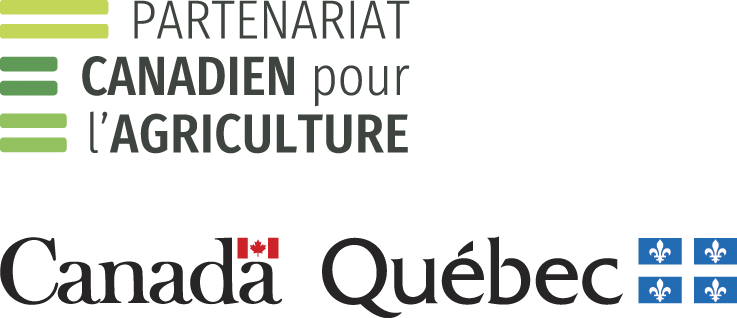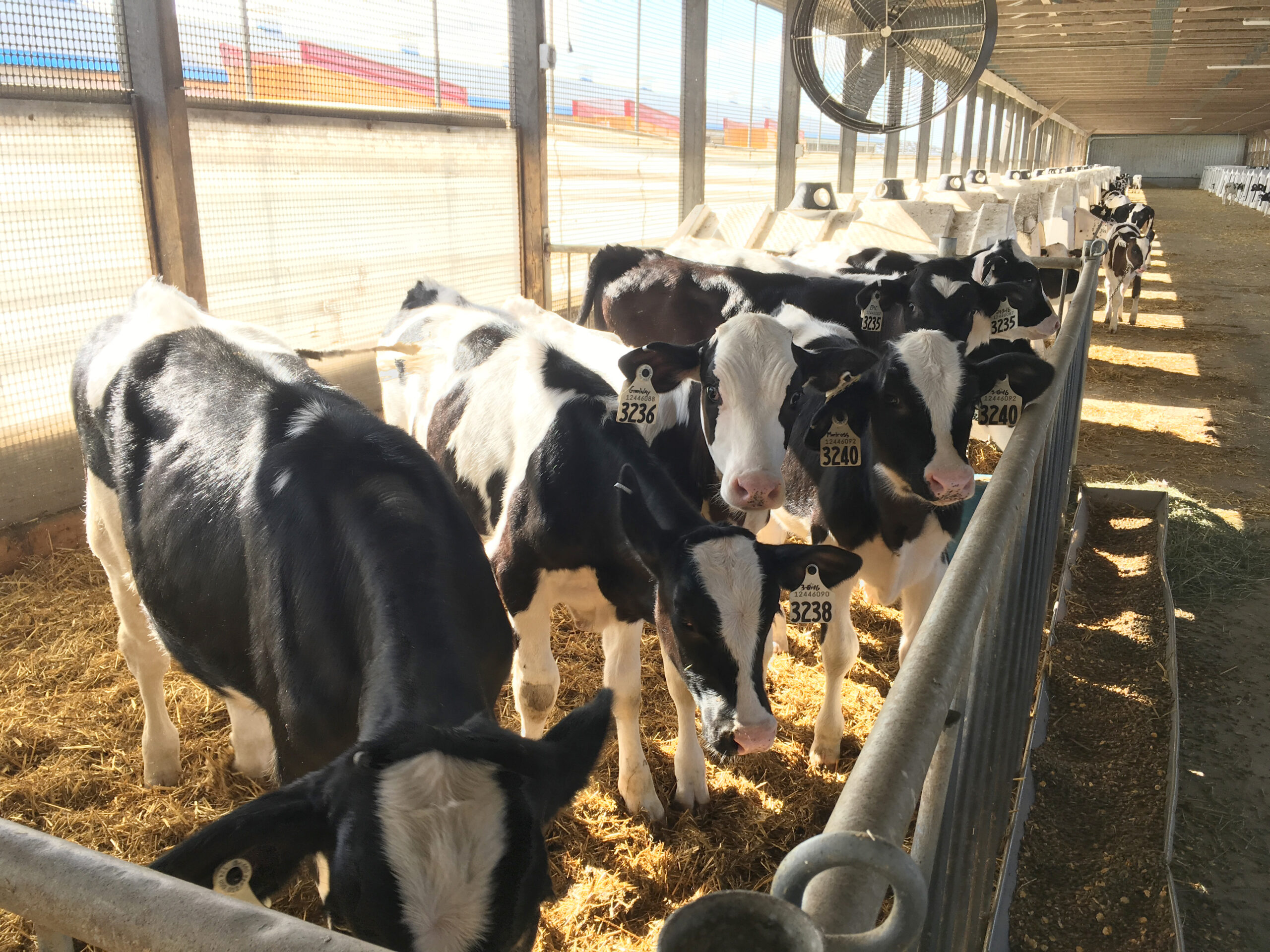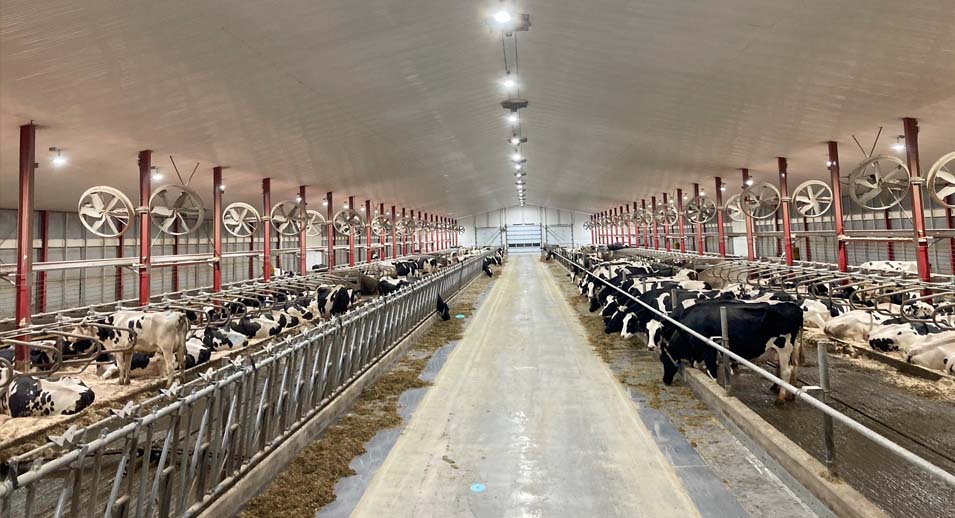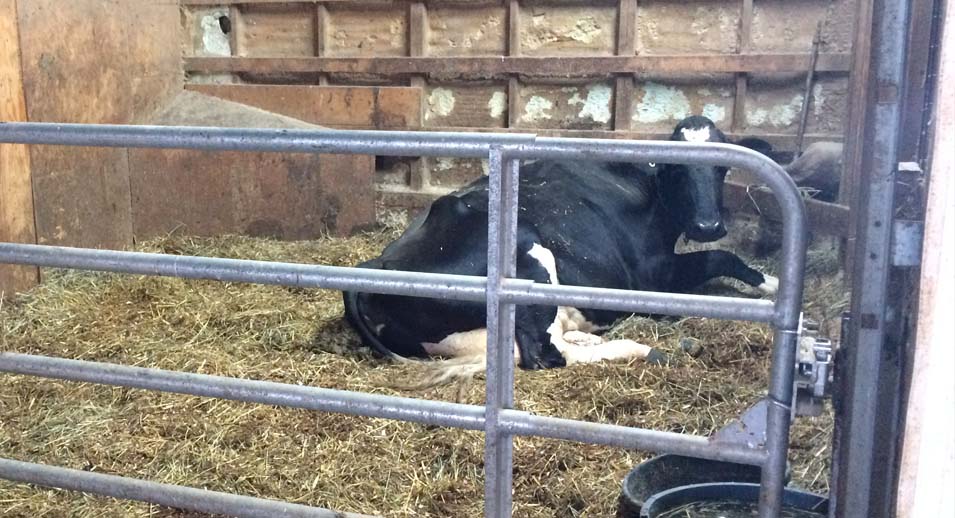Steps to Help Manage Non-Ambulatory Cattle
- January 24, 2023
Finding a down cow is a great source of stress for farmers whose daily lives are already busy. This situation often causes uneasiness and a sense of helplessness for the farm owner and staff. Studies show that even if the best care is given, these animals only have a 35% to 40% chance of survival. Euthanasia often becomes the best care to provide. But before reaching that decision, let’s act quickly!

The broad steps
For the best possible outcome, you must act quickly and appropriately. After evaluating the animal’s general condition, call the attending veterinarian for advice on the first actions to take and to determine the time of their visit.
The second step is to determine the team in place today, and in the coming days, because several people will be necessary for the delicate handling of this compromised animal.
Third, the team must move the animal to a safe location where maneuvers can be attempted to get it back on its feet. If the animal cannot be moved, the team must make it safe where it went down.
Finally, once the animal is safe, offer water and feed at muzzle level and milk the animal every 12 hours if it’s lactating. Although the process only has four broad steps, it is very demanding.
The more organized and well-equipped the team of workers, the greater the chances of success.
The right equipment for the right purpose
Moving or lifting an animal involves different equipment. To move an animal, several materials you typically have on hand can be used, such as a plywood or a rigid canvas. Each has its advantages and disadvantages. The ultimate goal is to move the animal to a safe location while not further aggravating its condition.
The animal being heavy and immobile, the equipment to lift it is often combined with a tractor. There are several types of equipment and the investment can be significant—but it’s worth it.
In addition to this equipment, halters, straps, ropes and hobbles complete the kit of the team responsible for managing these cases. Gathering all of this material in a rigid bag or plastic storage box is a good idea for quick action.
A factsheet, a decision tree and videos
Despite the availability of equipment and the presence of an experienced team, difficult decisions must sometimes be made, and you may hesitate or delay decisions for all sorts of reasons. To increase knowledge and to help better manage these difficult cases, a factsheet, a decision tree and videos on the use of equipment were created for farmers.
The factsheet presents the subject and the main steps to follow including tips and warnings. The decision tree defines when to act and informs farmers of the decisions to make for the animal’s welfare. Euthanasia is presented as the solution when actions have not produced the desired successful outcome. These two tools are complemented by realistic videos that help organize and share roles among the farm team.
The result of a successful collaboration
This project was initiated by the Faculty of Veterinary Medicine of the University of Montréal and financed by the MAPAQ and PLQ. The expertise, advice and experience of several veterinarians, stakeholders, and dairy and beef cattle farmers was pooled to create these tools.
Written in plain language with visual elements, the tools aim to better equip farmers to manage these compromised animals. These documents also support the proAction program by encouraging farmers to implement standard operating procedures for the management of non-ambulatory cattle and the improvement of animal care on Quebec dairy and beef farms. Don’t hesitate to consult them, discuss them with your veterinarian and post them around the farm to train your workers. They are also available in French and Spanish.

This project is funded under the Canada-Quebec agreement on the implementation of the Canadian Agricultural Partnership. Together, the federal and Quebec governments have invested $293 million over a five-year period from 2018 to 2023.
This agreement supports strategic initiatives that will help the sectors grow, innovate and prosper.”


Marianne Villettaz-Robichaud, agr., MSc, PhD, Assistant Professor in Sustainable Production Welfare, Faculty of Veterinary Medicine, University of Montréal
Anne-Marie Christen, MSc, Project Coordinator, Lactanet










